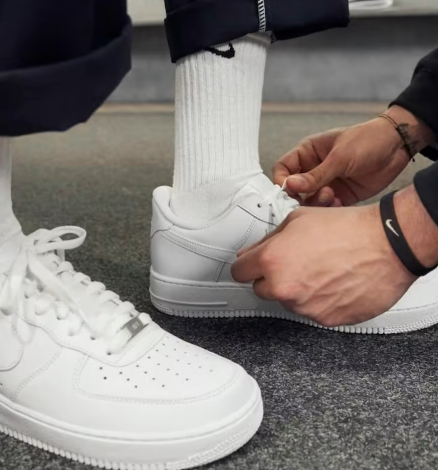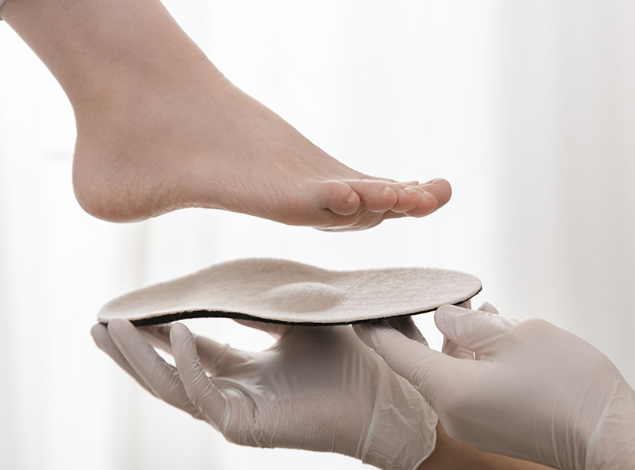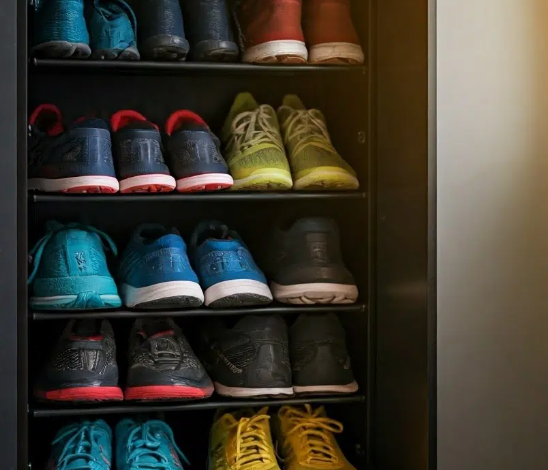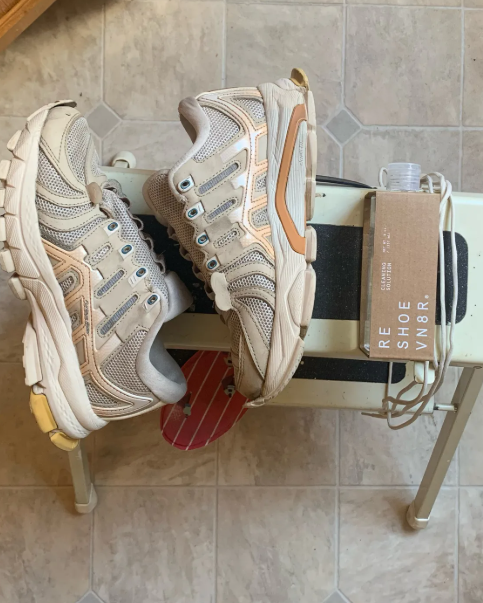
How to Choose Shoes That Fit Your Feet Perfectly
Choosing the right shoes goes beyond aesthetics—it’s about ensuring comfort, support, and minimizing foot discomfort. Whether you have flat feet, high arches, or a neutral arch, selecting shoes that suit your foot type can significantly impact how you feel throughout the day.
1. Know Your Foot Type
Before purchasing shoes, it’s essential to understand your foot type. Here’s a breakdown:
- Flat Feet (Low Arch): Your entire foot touches the ground when you walk. Flat feet typically experience overpronation (where the foot rolls inward), which can lead to discomfort and pain if not supported correctly.
- Neutral Arch: This is the most common foot type, where your arch sits naturally. People with neutral arches can comfortably wear a variety of shoes, making it the most versatile option.
- High Arch: If your arch is pronounced, only a portion of your foot touches the ground. High arches can cause underpronation (supination), putting extra strain on the outside edges of your feet.
2. Key Shoe Features for Each Foot Type
Once you’ve identified your foot type, here’s what to look for in shoes:
- For Flat Feet: Opt for shoes offering motion control and stability. A firm midsole with adequate arch support will help reduce overpronation.
- For Neutral Arches: You have more flexibility, but still look for shoes with moderate arch support and shock absorption to minimize foot fatigue.
- For High Arches: Cushioning is essential! Look for shoes with shock-absorbing insoles and neutral cushioning to ease the pressure on the balls and heels of your feet.
3. Tips for Finding the Perfect Fit
- Measure Your Feet: Foot size can change over time, so always measure your feet before buying new shoes.
- Shop in the Afternoon: Feet tend to swell throughout the day, so try shoes on in the late afternoon for a more accurate fit.
- Leave Space for Toes: Aim for about half an inch of space between your longest toe and the shoe’s front.
- Check Flexibility: Your shoes should bend naturally where your foot flexes but still provide adequate support.
- Examine Heel Support: A firm heel counter (the back part of the shoe) is crucial for stability and alignment.
- Walk Around: Don’t hesitate to walk around in the shoes to make sure they’re comfortable before buying them.
4. Common Mistakes to Avoid
- Wearing the Wrong Size: Sizes can vary between brands, so don’t rely solely on the number—try on different options to find the best fit.
- Ignoring Foot Pain: If a shoe feels uncomfortable in the store, it’s unlikely to feel better after wear.
- Prioritizing Style Over Comfort: Opt for function first—your feet will thank you later!
- Skipping Arch Support: Even if you have neutral arches, proper arch support is important for preventing future foot problems.
5. When to Replace Your Shoes
It’s time to replace your shoes if:
- The tread has worn down, affecting grip and stability.
- You experience new foot pain, which may suggest the shoes no longer offer adequate support.
- The midsole feels soft or compressed.
- The structure of the shoe is no longer providing the necessary support.
By understanding your foot type and choosing the right shoes, you can prevent discomfort, enhance your posture, and keep your feet in great shape!






